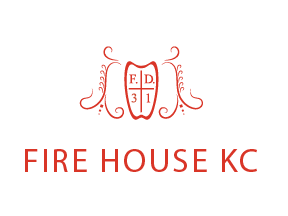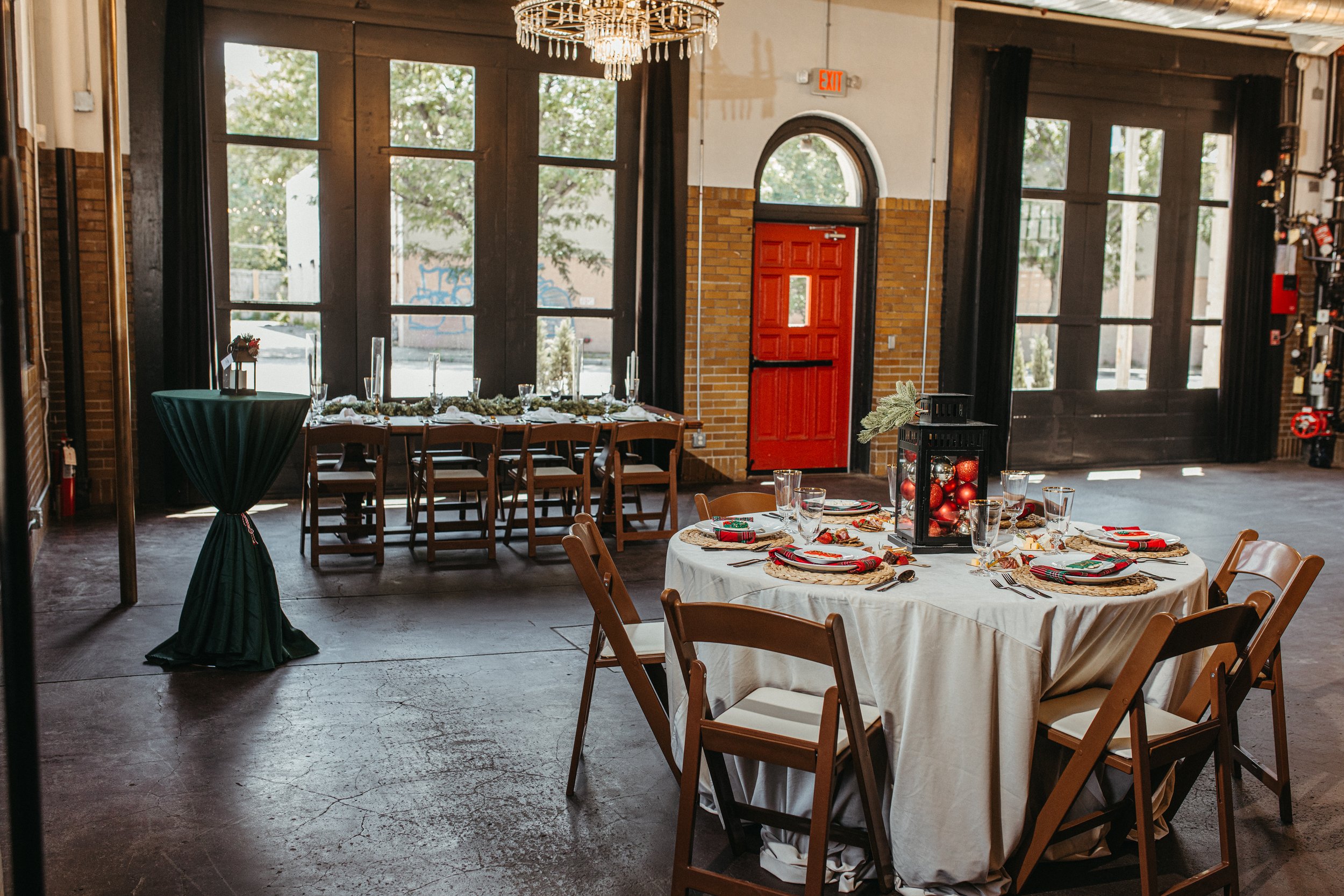Venue Capacity Planning: Essentials for Event Success
You're a venue owner, maybe even looking at a historical gem like Fire House KC. You want a packed house, but a good kind of packed, and it all starts with smart venue capacity planning.
It's not just about fitting people in; it's about crafting memorable experiences. Effective capacity planning makes all the difference.
Table of Contents:
Understanding Venue Capacity Planning
Capacity planning for your venue is a method to figure out the optimal setup. This helps determine the maximum number of guests you can host. But it's also about making the event space work perfectly.
It is a key process for different events. Imagine weddings, corporate events, or even a concert setup at the event venue.
Why Capacity Planning Matters for Venues
You want full, exciting events. You do not want that "too crowded" feeling.
Effective capacity management helps maximize your revenue. With optimized venue space, you can potentially sell more tickets. You're also creating opportunities for increased sales of food, drinks, or merchandise.
Improving the Event Experience
Cramped spaces ruin the vibe of any event. Managing how many people can comfortably accommodate the space means a better guest experience.
Happy attendees leave great reviews and that markets for you. Positive reviews and word-of-mouth can boost future bookings.
Key Factors in Determining Venue Capacity
Several details need consideration.
The total ground surface area is a great starting point. Include all of your usable square feet, not just open areas, when calculating capacity.
Legal and Safety Requirements
Building code regulations often dictate capacity limits. These legal restrictions are very important.
Make sure your venue has clearly marked exit routes. Always comply with local regulations. It can get very problematic if not taken care of in many states, cities, or jurisdictions. Your insurance might need proof of this, which can become problematic as well.
Types of Events and Capacity Needs
Consider the event type. Classroom-style seating for a corporate gathering requires different space floor space than a large dance floor.
Furniture matters. Chairs, tables, and a stage impact your space needed. Make sure your venue has ample space and safety features such as smoke detectors.
Strategies for Effective Capacity Planning
Smart pricing can boost attendance during slower periods. This draws in customers, especially those seeking value.
Timed Entry Systems
Scheduled slots are a valuable tool. This tactic is particularly useful for managing your venue's capacity.
This controls guest flow, helping your customer service team. Staff will appreciate the smoother process, and many attendees will notice the improved atmosphere of any event type.
Using Memberships to Your Advantage
Membership programs attract loyal attendees. This provides predictable traffic for the venue management team.
Loyal customers can get special access which drives anticipation. Then you can determine space needs and manage seating arrangement better with advance notice of their visits.
How Room Layout Influences Event Space
An open room layout differs greatly from classroom-style seating. Your floor space plans need to start now. Think of ways to best serve all the different types of crowds you might host.
Seating capacity depends on space dimensions. Measure to confirm compliance with all legal restrictions before deciding on the room layout and numbers. You want to have the correct factors determine a great setup and maximize your revenue potential.
Let's examine some common layout styles:
Layout Style Description Capacity Considerations Theater Style Rows of chairs facing a stage. Maximizes seating, suitable for presentations. Classroom Style Rows of tables and chairs, facing front. Less dense than theater style, allows for workspace. Banquet Style Round tables with chairs. Good for socializing and meals, less efficient floor space floor space. Reception Style Open space, limited seating. Ideal for mingling, best when not using a dance floor. U-Shape Style Tables and chairs forming a U-shape. Encourages discussion, good for smaller groups.
Adaptability in Your Layout
You need flexibility in your space. Removable walls might be a good idea for you to add to your space.
Design for easy transitions between setups. One day might be a formal event like an elegant wedding, then full scale business at your venue's corporate events space.
Real-Time Crowd Management
Observing crowd density provides valuable insights. This information helps prevent overcrowding.
Consider technology for managing the flow of attendees. Monitoring can reveal which locations are busiest.
Continuous Adjustments Based on Feedback
Past data helps improve your systems. Just like financial analysis, reviewing is crucial for growth.
Quick reactions are necessary for the changes that can happen in event planning. Be prepared to comfortably host the needs of your guests and adapt.
Venue Management Software Integration
Use solutions like venue management software by ROLLER to plan any specific event. These platforms track details and offer flexible options to all customers while you save time.
These software systems turn numbers into action plans. Software systems assist with many fast planning changes.
The Role of Technology in Venue Planning
Technology offers new ways to control traffic flow. This optimizes the use of the space within your venue's capacity.
Technology streamlines your processes by linking key operations. This improves customer service, potentially prompting a revised privacy policy.
Frequently Asked Questions
What does venue capacity mean?
Venue capacity refers to the maximum number of people a venue can safely and legally hold. It is not just based on the fire code.
The amount is influenced by available space, layout, and legal regulations. It takes into consideration how to accommodate attendees to prevent overcrowding.
How do you determine space for an event?
The number of people an event can comfortably accommodate is called the event capacity. Event capacity helps to determine space.
Calculating capacity includes measuring usable square footage. You must consider the event type, layout, and seating arrangement. Capacity must also take into account any legal requirements like local building code restrictions and even down to how you decide on seating arrangement with your square footage.
What factors affect event capacity?
Many factors affect how a venue comfortably accommodates a crowd. These include total ground surface and available usable space within the event venue.
Layout style, like theater or banquet seating, also changes the amount you can have in the space. Don't forget about regulations and specific legal restrictions, since these set the limits too.
Conclusion
Consider Fire House KC's transformation as you plan your venue. Every element of your plan must consider your future customer.
Keep adapting your venue capacity planning using data-driven and real-time insights. Focus on the attendee experience and adhere to all safety regulations while also calculating capacity.

